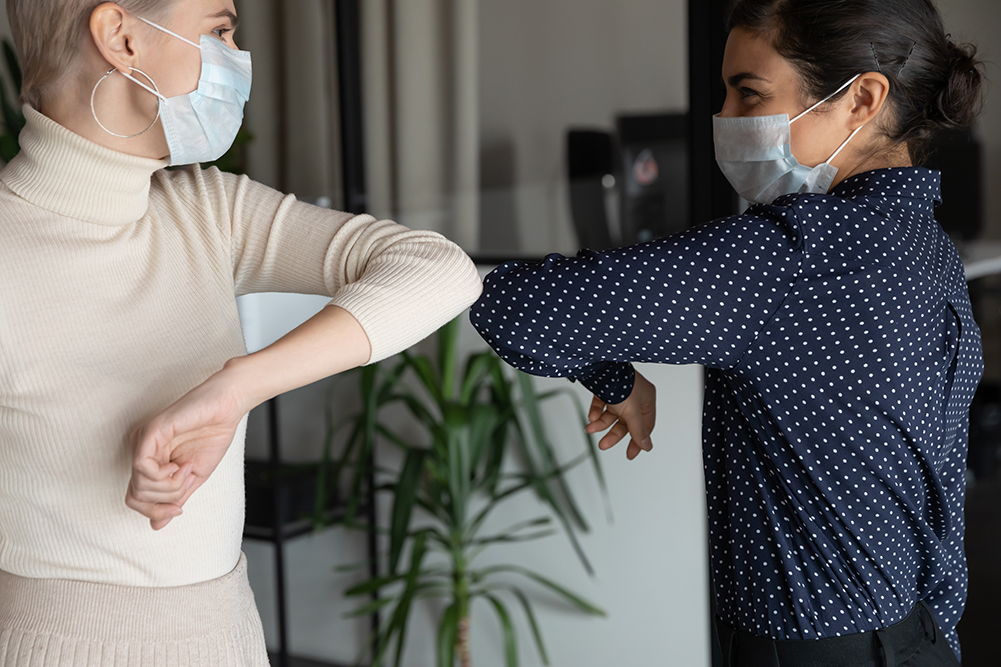Tiny Offices
Getting Bigger
You’ve probably heard about tiny homes, which usually range from 100 to 400 square feet and provide affordable alternatives to traditional houses, opportunities for a simplified lifestyle and a potentially smaller carbon footprint. It’s a small but steadily growing part of the residential real estate market. And now, with some companies letting their employees work […]





